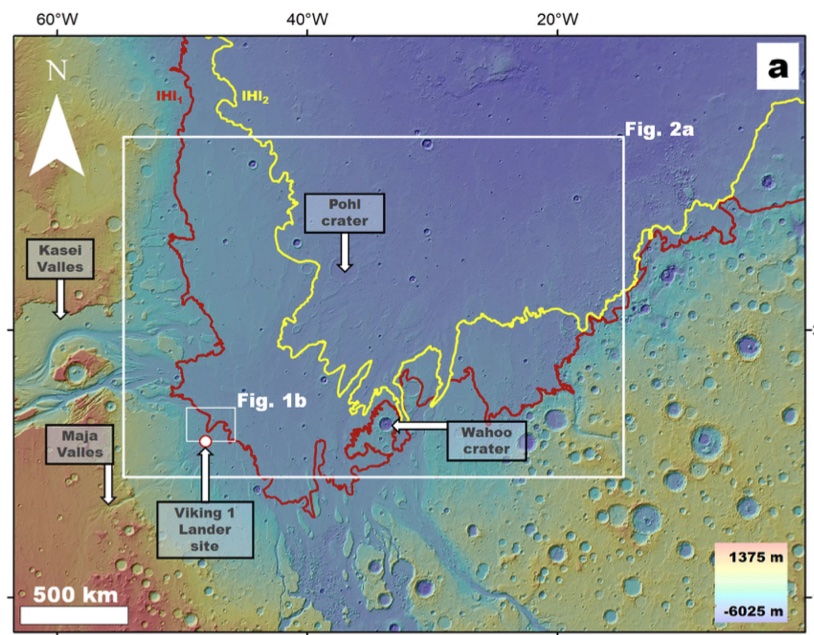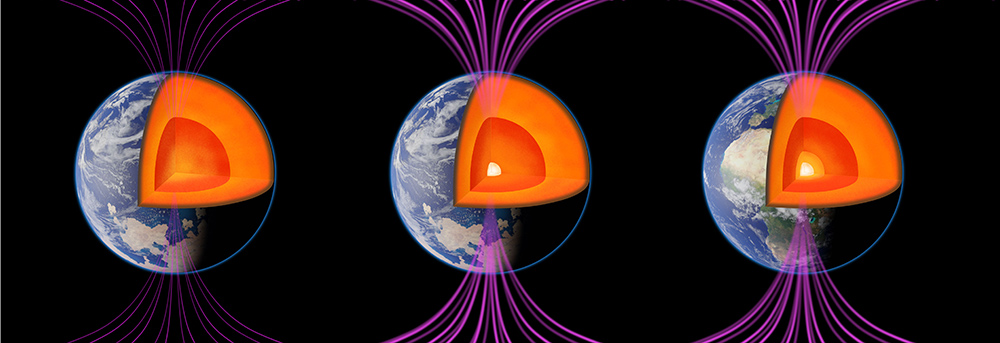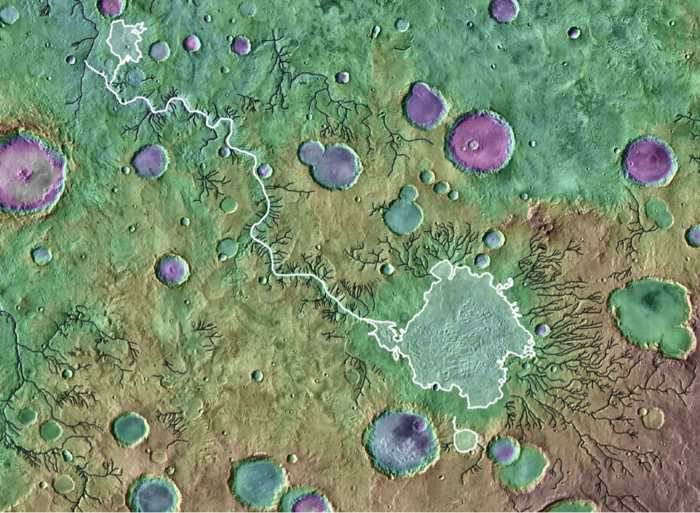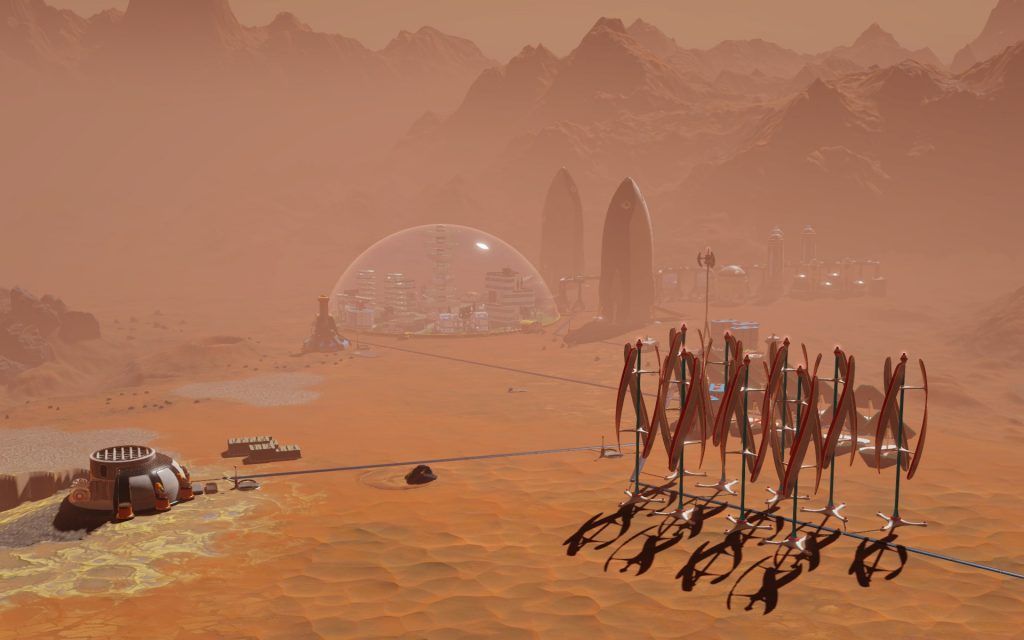Life on Mars? We will not find it this way
The scientific instruments currently being used on Mars may not be sensitive enough to detect possible traces of life in this environment. Researchers explain this in a paper published in Nature Communications. Since the Viking missions in the 1970s, there have been several attempts to search for signs of life on Mars. Now, half a century later, even the latest sophisticated instruments on NASA's Curiosity and Perseverance rovers have detected only small amounts of simple organic molecules. Why aren't we making faster progress? It could be because of the nature of the substances in the Martian rocks - or…







